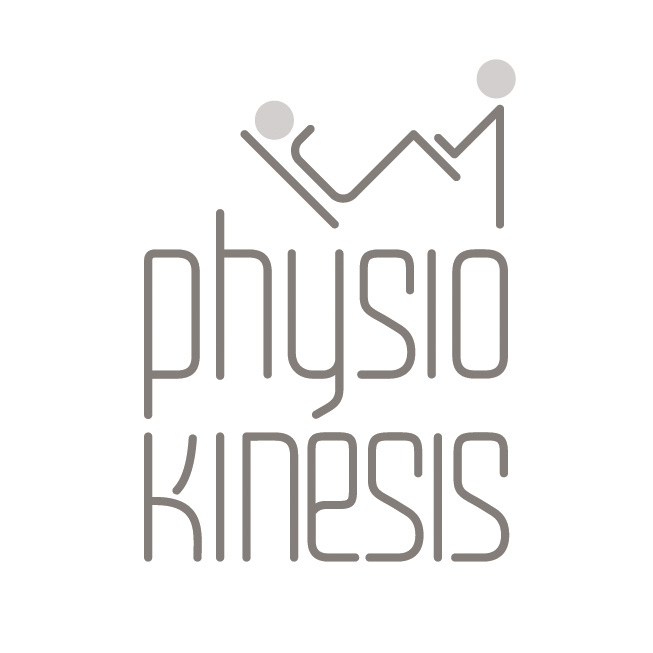We define the muscle strain, as a partial or total tear of the muscular fibers of a muscle. The hamstring muscles run down the back of the thigh. There are three hamstring muscles: Semitendinosus, Semimembranosus and Biceps femoris.
It’s a group of three muscles that run along the back of the thigh and allow us to bend our leg at the knee.
During fast-paced exercise, muscle dilations are made with a high frequency, and as a result, the blood redox (oxidation reduction) condition reduces the muscular function.
So, when the energy exerted on the posterior femoral muscles exceeds their limit of resistance, then a partial or a total tear can be caused.
It is worth mentioning that the strain of the posterior femoral muscles is a frequent injury which affects mainly athletes who are engaged in fast-paced sports, such as football, basketball, tennis, volleyball, jumping, speed, etc.
Most of the time, patients with a hamstring strain feel a sudden sharp pain or a feeling of pulling on the posterior surface of the thigh during the activity that caused the injury.
In a first degree hamstring strain (mild strain), it is possible for patients to continue their activity without any particular inconvenience. But at the end of the activity, the symptoms will increase. In more serious cases (second and third degree) patients are unable to continue their activity and need help to withdraw themselves from the pitch.
It is also worth mentioning that patients with hamstring strain are experiencing pain during activities that put load on these muscles.
These activities include walking (especially uphill), descending or climbing stairs, running, jumping and kicking a ball.
At the same time, it is common to have pain and stiffness after the above activities or the next morning.
Finally, there is swelling, muscle spasm, weakness, soreness and bruising in the area where the strain exists.
This post is also available in: Greek



